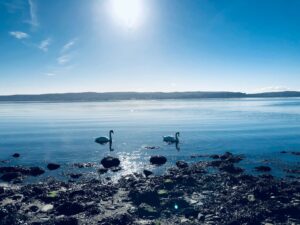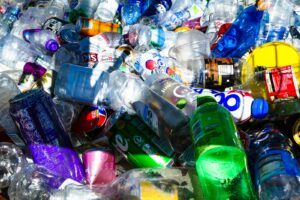Four new bathing spots for England, worst beaches for water pollution revealed
The Department for Environment, Food & Rural Affairs has announced four new designated swimming areas set to open for this summer, while the worst coastlines for contaminants are listed.
Sykes Lane Bathing Beach and Whitewell Creek at Rutland Water, Plymouth’s Firestone Bay, and part of the River Deben at Waldringfield in Suffolk will all now be designated as bathing spots. This takes the total number official swimming waters in England to 424 – more than ever before.
Once declared a bathing water, sites must undergo regular monitoring by the Environment Agency, which assesses whether steps are needed to cut pollution levels. In such cases, the community, local farmers, and water companies are engaged to collectively act and improve conditions. Since 2010, the proportion of bathing waters classed as ‘good’ or ‘excellent’ has increased, with 72% now given the highest ranking – an increase from 51% at the turn of the last decade.
‘These popular swimming spots will now undergo regular monitoring, starting this May, so bathers have up-to-date information on the quality of the water. The regular monitoring also means that action can be taken if minimum standards aren’t being met,’ said Water Minister Rebecca Pow. ‘We now have more bathing waters than ever, and we’ve worked hard in recent years to boost their status – with an incredible 93% now classed as good or excellent – and our new Plan for Water will help us go further and faster on our targets.’
While this sounds positive, UK water remains a serious environmental cause for concern. The recent announcement of a ban on plastic-based wet wipes, a major contributor to problems with sewage infrastructure, was welcomed, but dissenting voices argue this doesn’t go far enough.
Meanwhile, the country’s suppliers are currently responsible for 6m hours of sewage flooding each year, with highly polluted water entering streams, rivers, lakes, and coastal areas, and just 14% of rivers now meeting ‘good’ environmental standards and overall marine bathing areas dropping to the bottom five regions in Europe for cleanliness.
Giving an idea of the negligence and irresponsibility at play, just yesterday the i newspaper reported on Southern Water admitting it was unable to tell campaigners how much sewage was being discharged into Kent’s fragile ecosystems because it doesn’t track the data.
Across the country, South West Water – responsible for one of the country’s most water-polluted regions – has launched a real time map tracking bathing conditions in the region. However, so far this does not cover inland locations, and only offers basic information on coastal areas. You can find the resource here.
Meanwhile, England’s five most polluted beaches have also been revealed in an analysis of Environment Agency data conducted by the Liberal Democrats. In 2022 alone, there were more than 1,500 sewage dumping incidents taking place near Blue Flag beaches – the international mark of recognition for high environmental standards.
The worst performers were:
*Blackpool Sands, Stoke Flemington, Devon
*Meadfoot Beach, Torquay, Devon
*Sidmouth Town Beach, Sidmouth, Devon
*Exmouth Beach, Exmouth, Devon
*Hayling Island Beach, Portsmouth, Hampshire
Image: Red Zeppelin

















